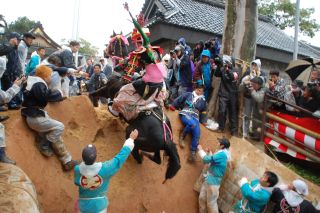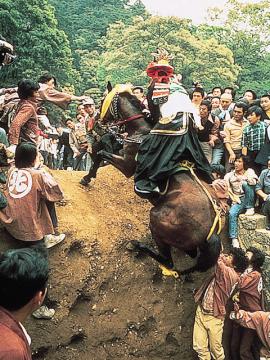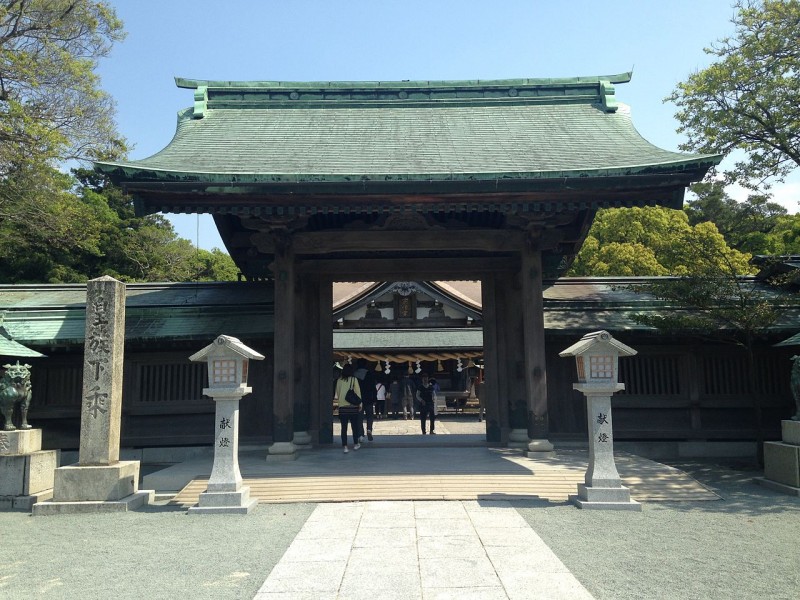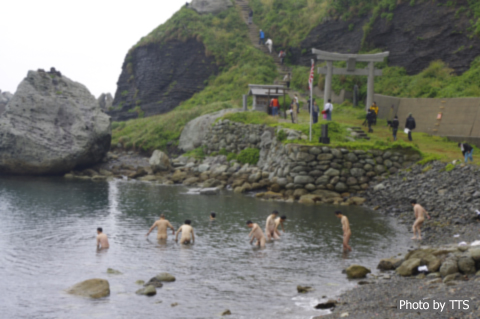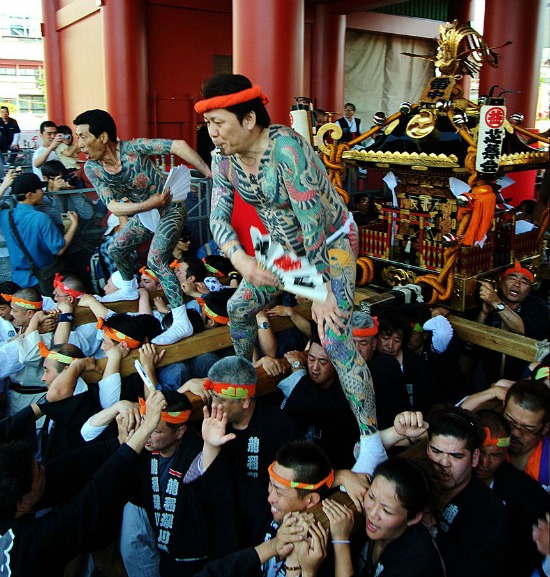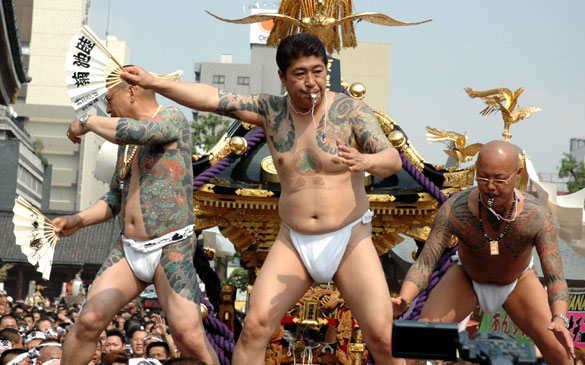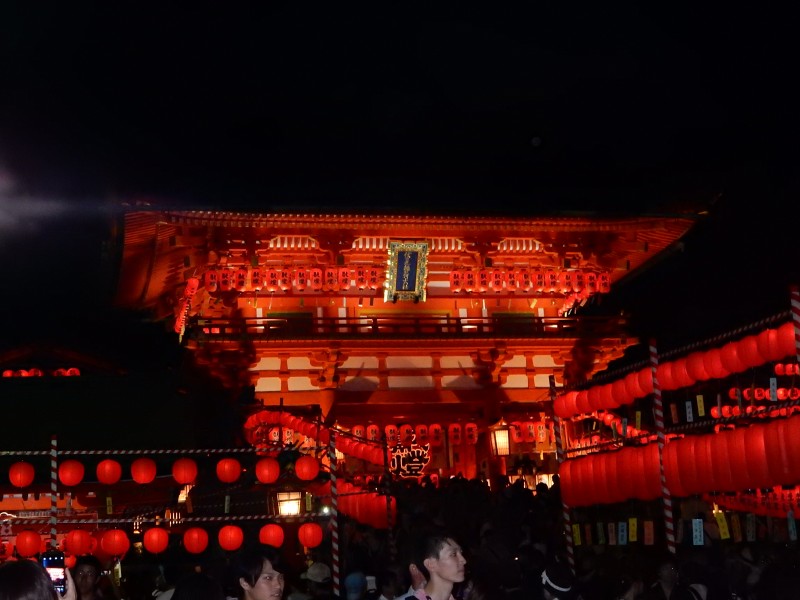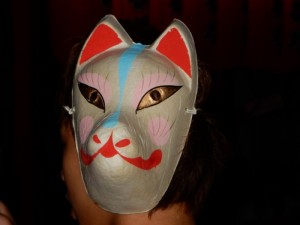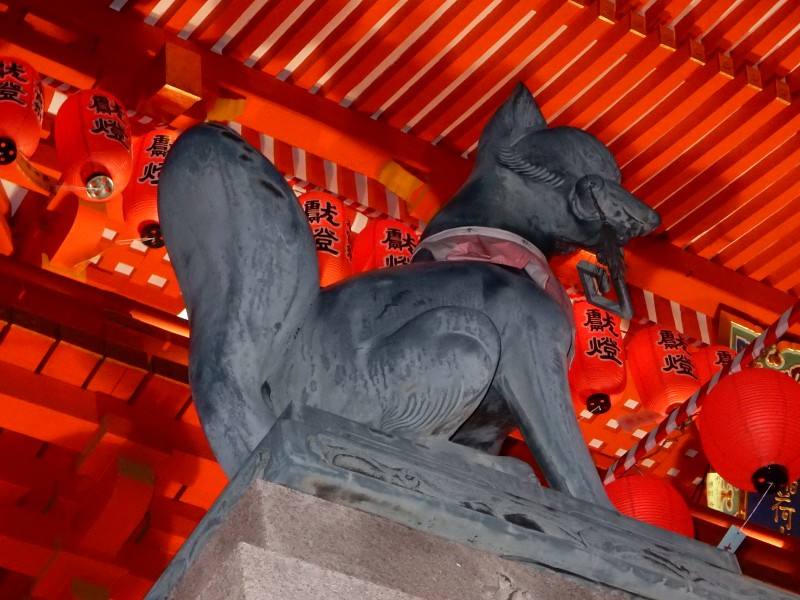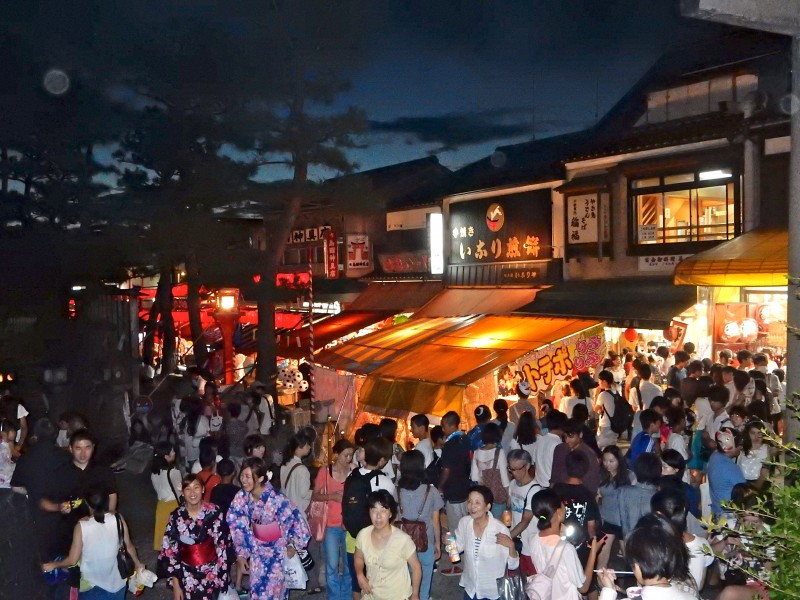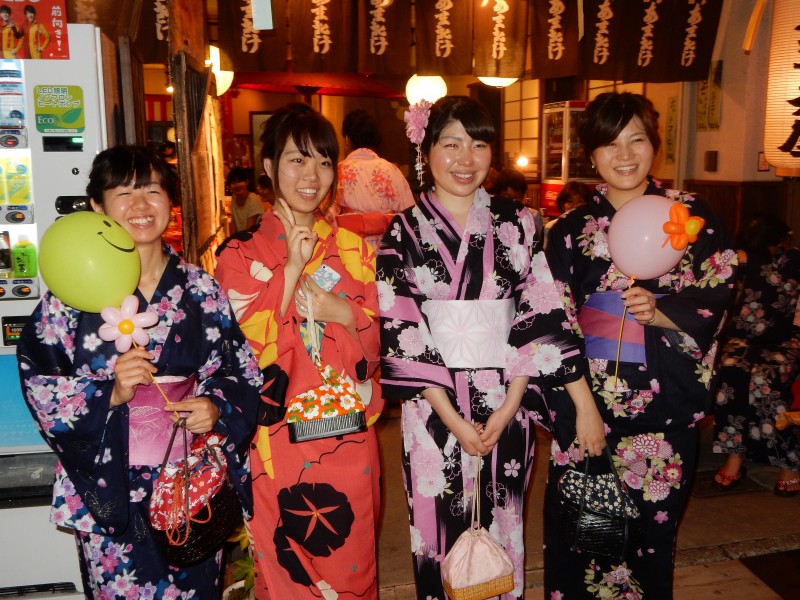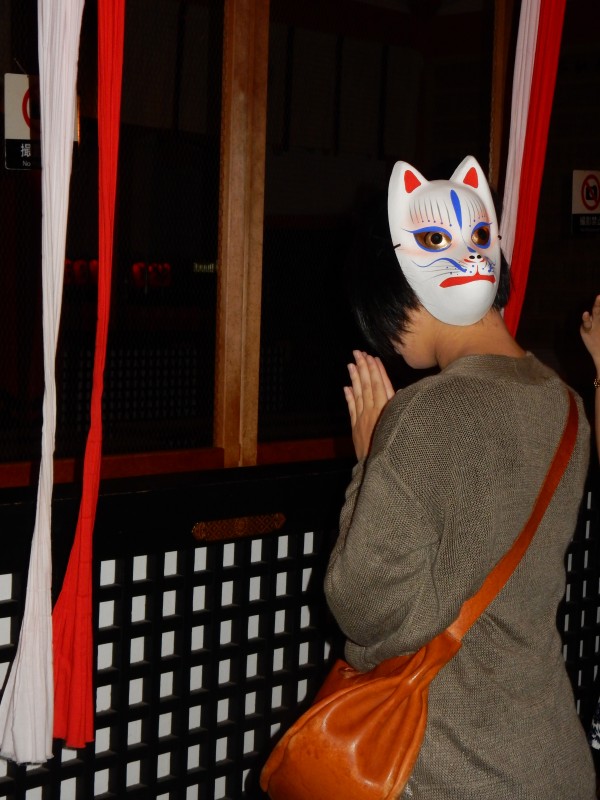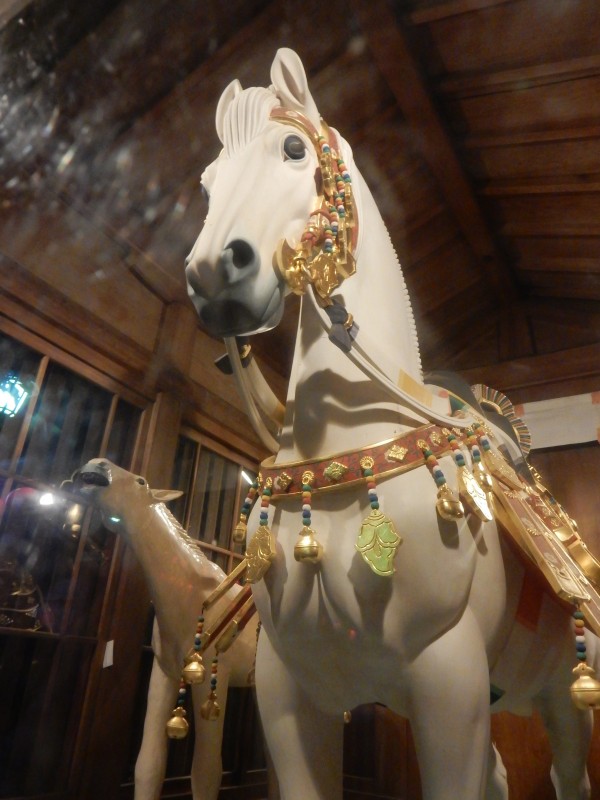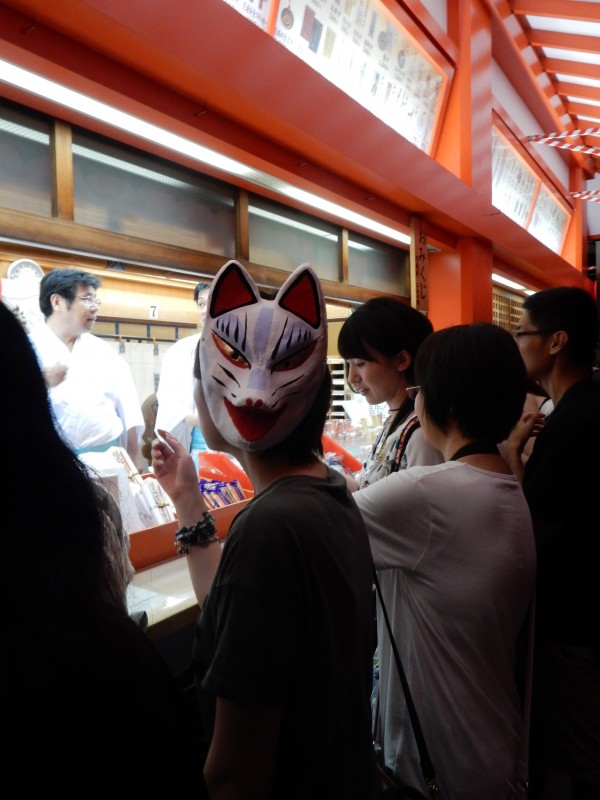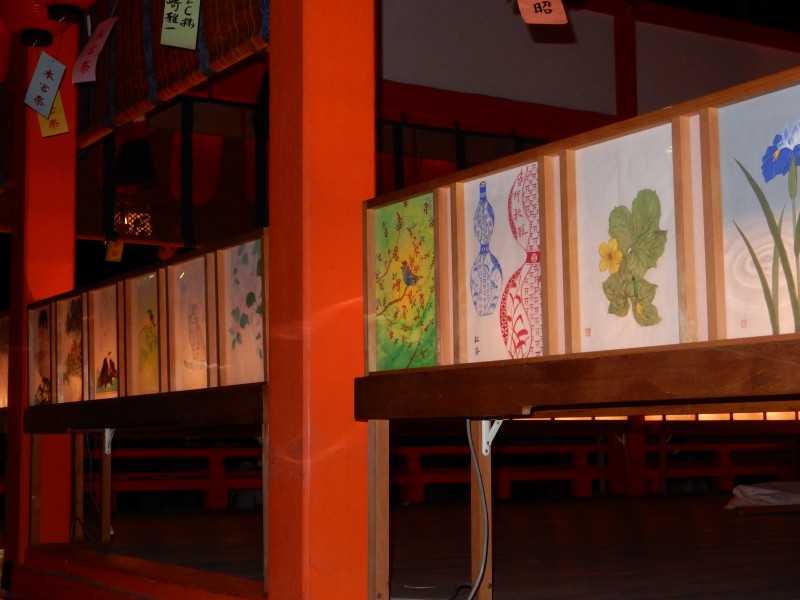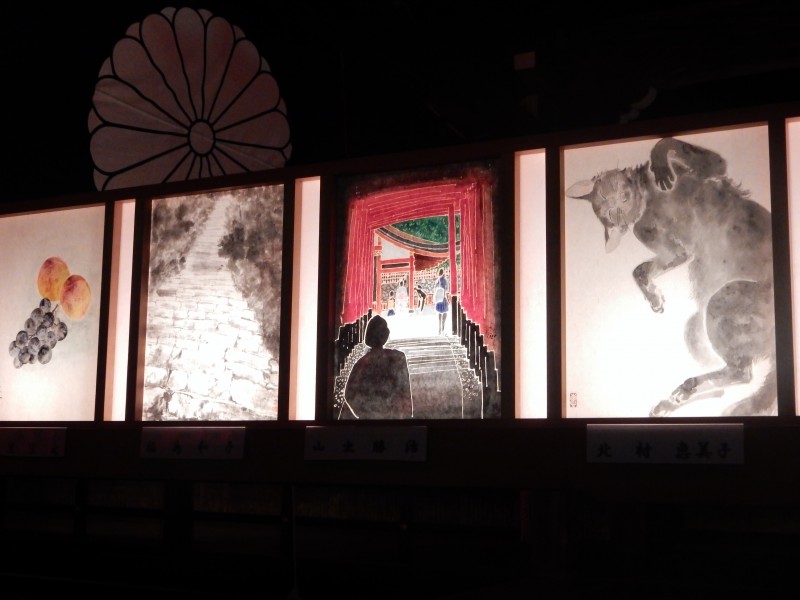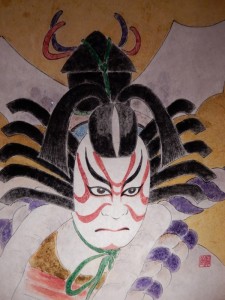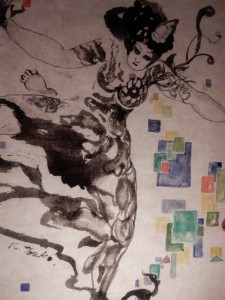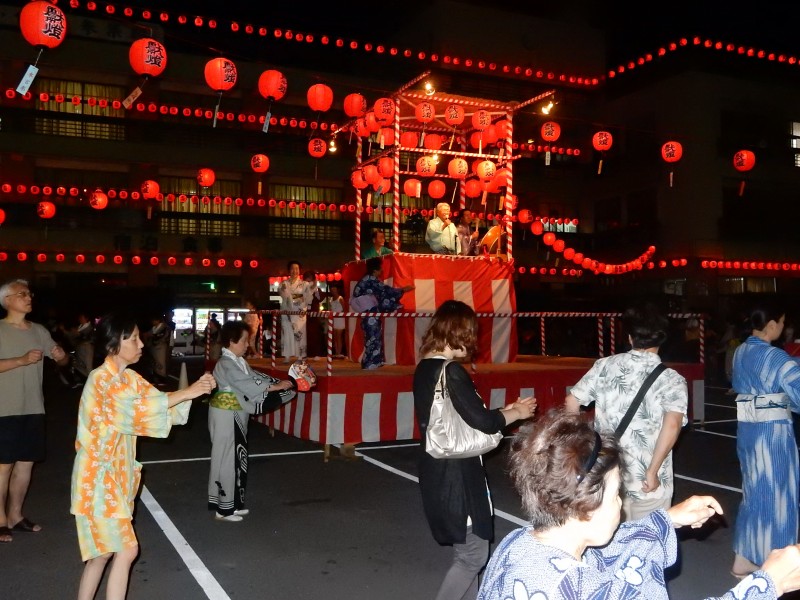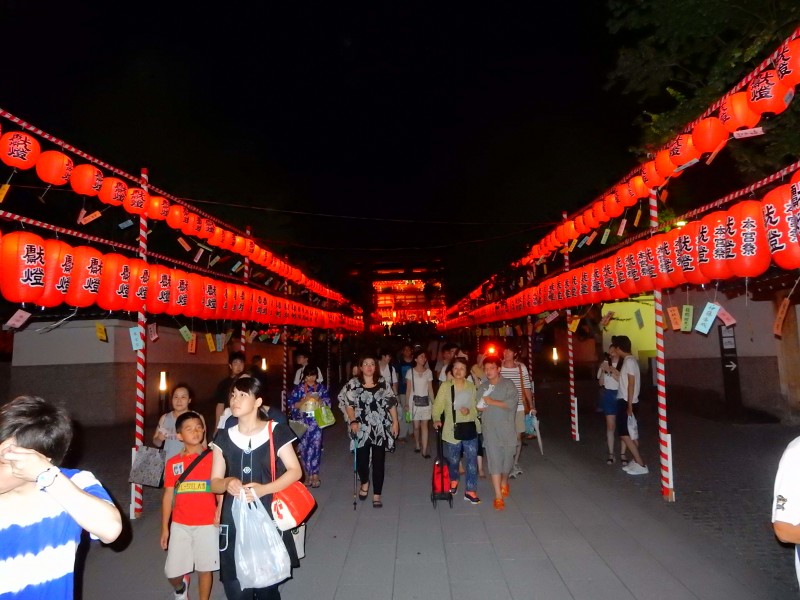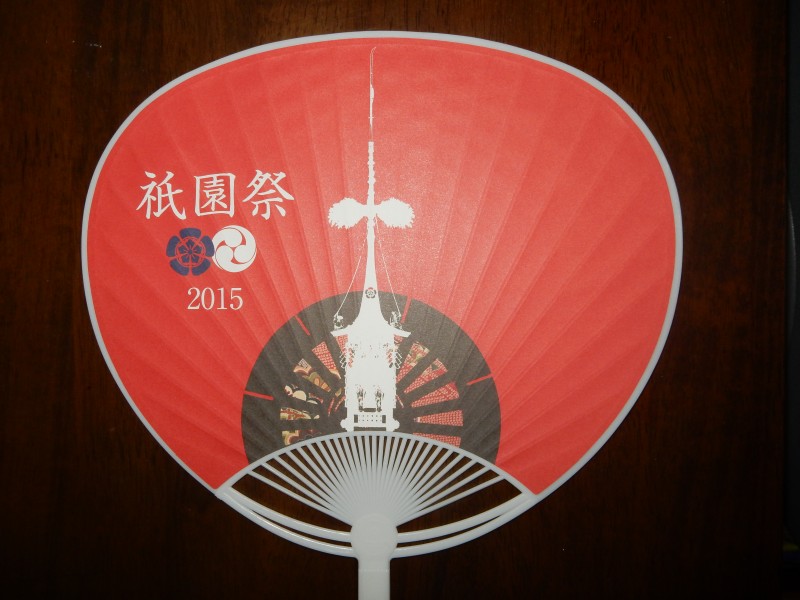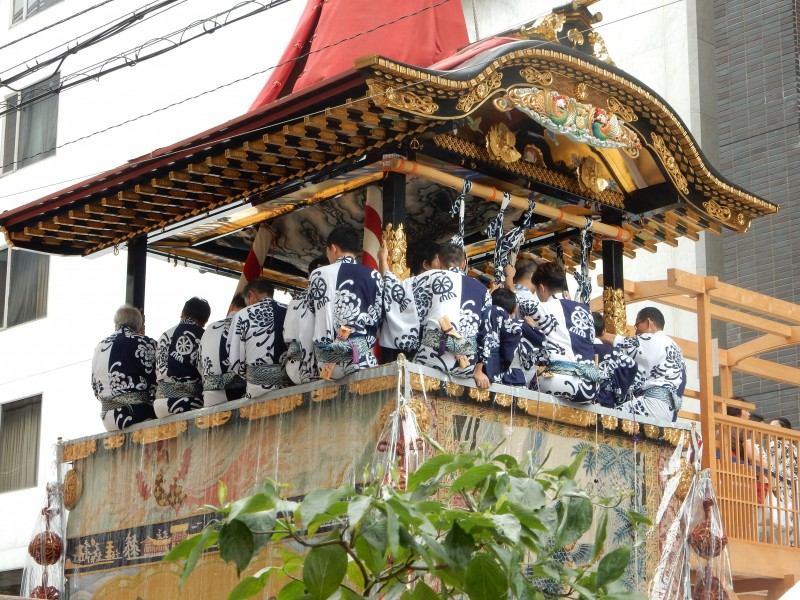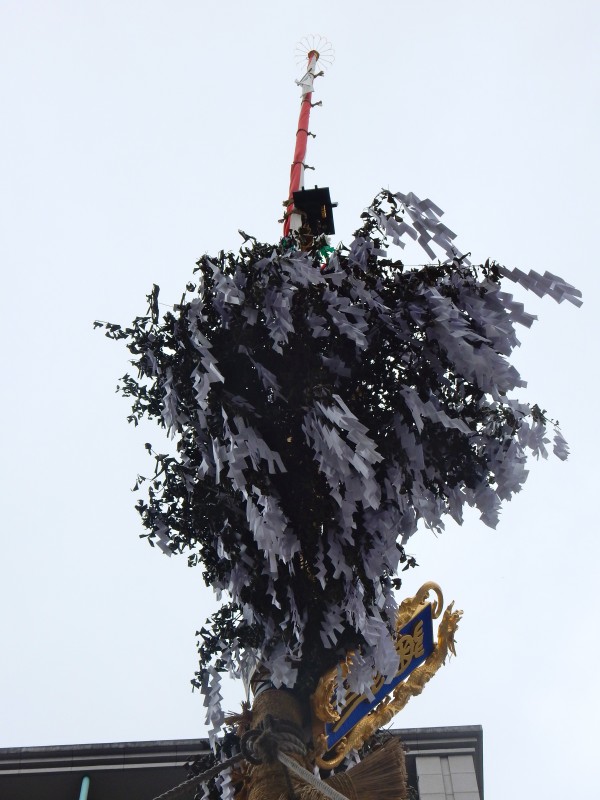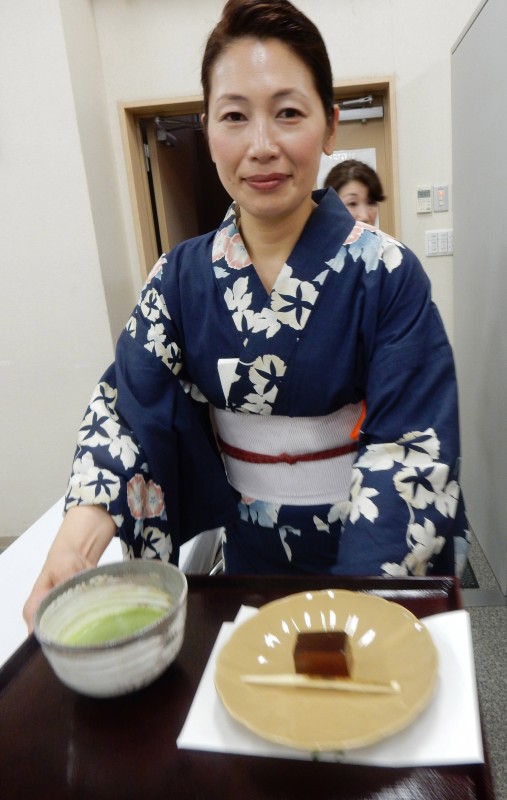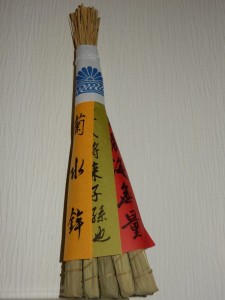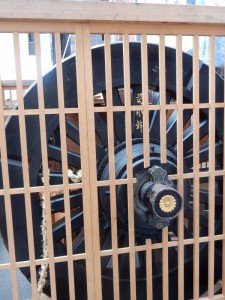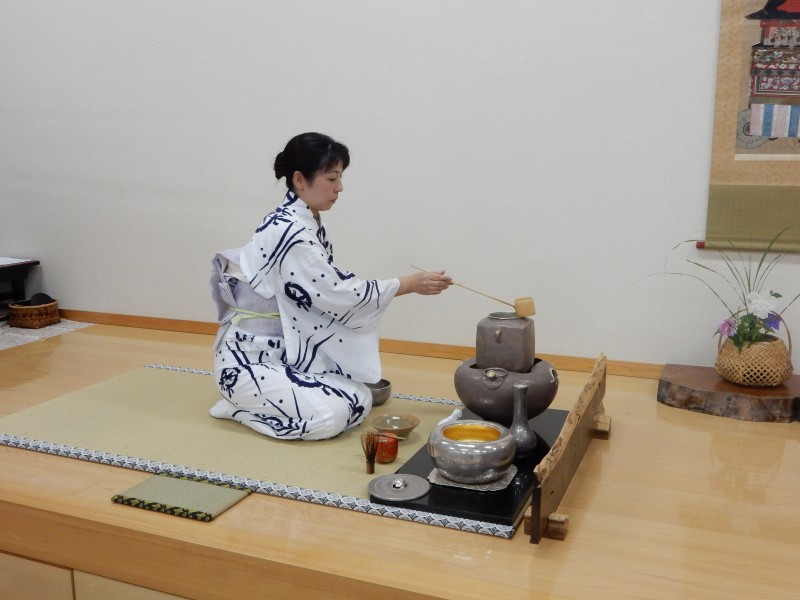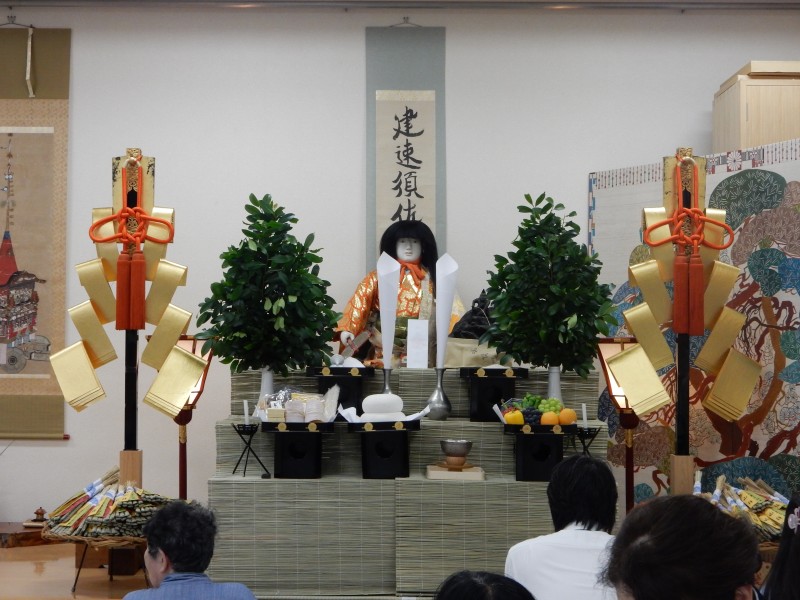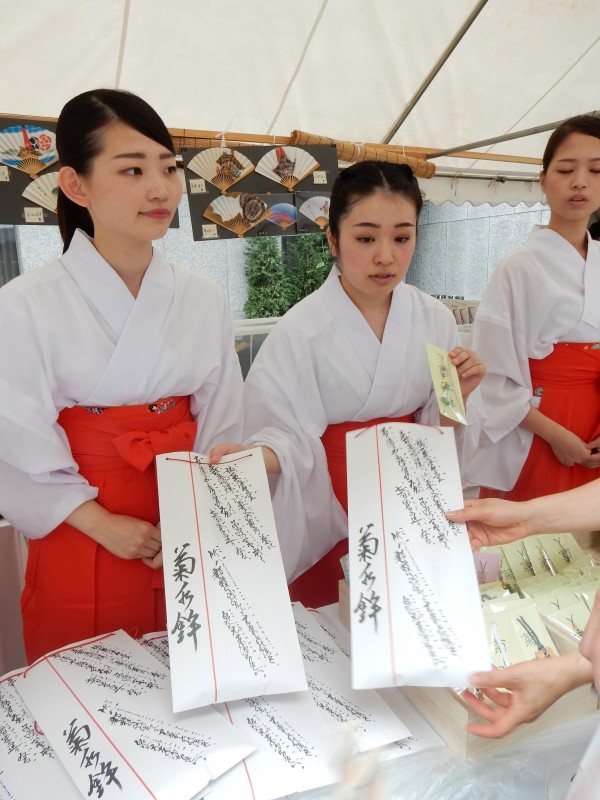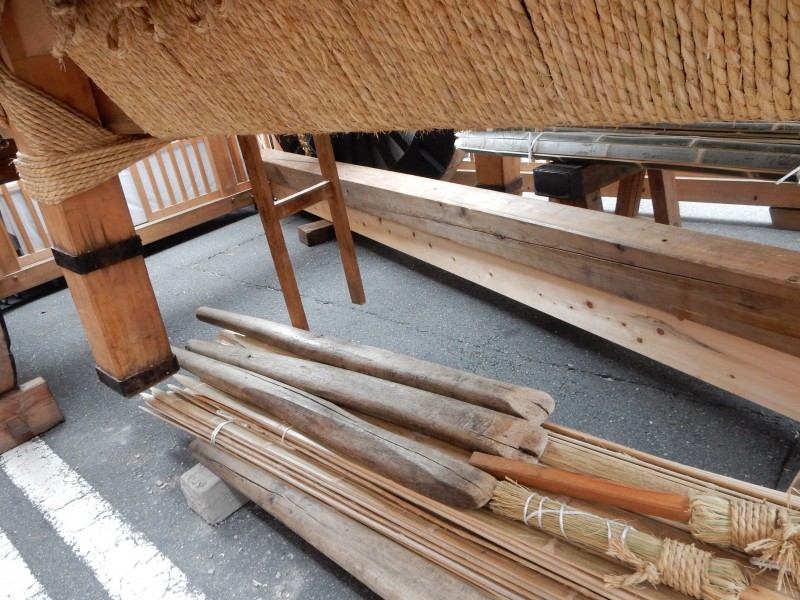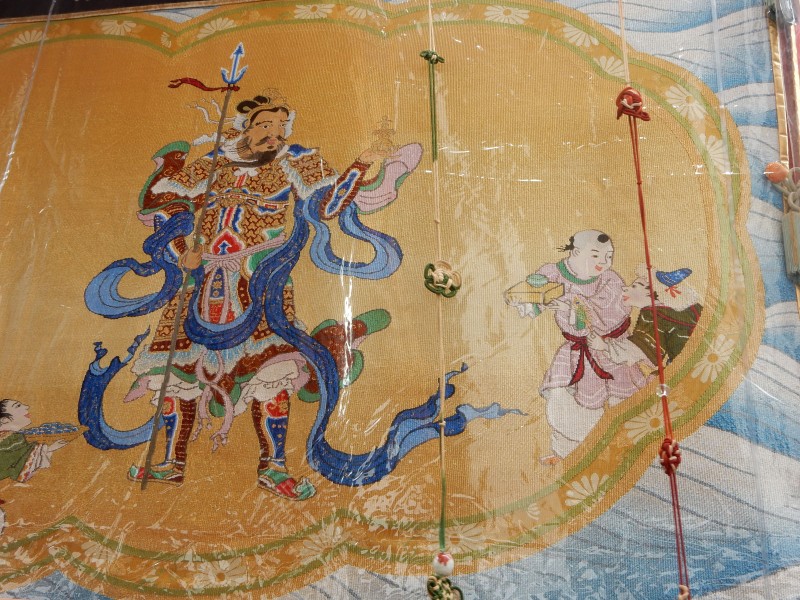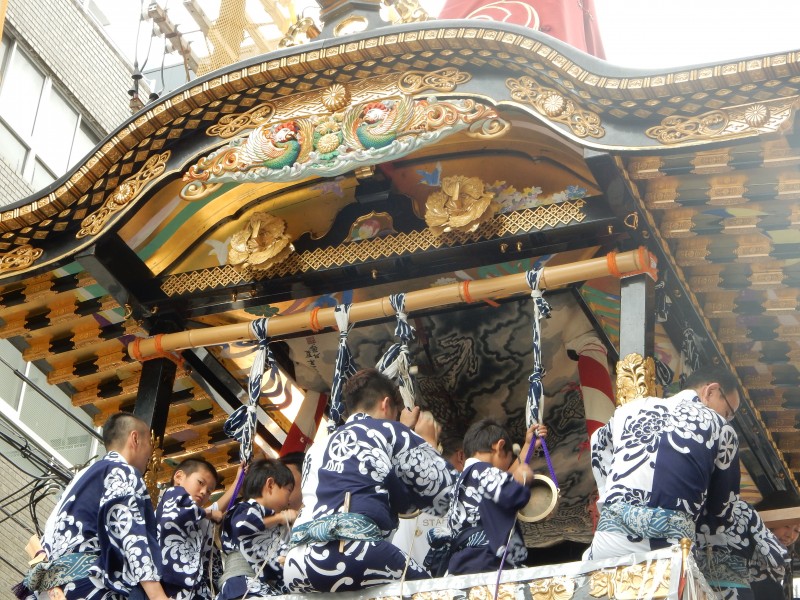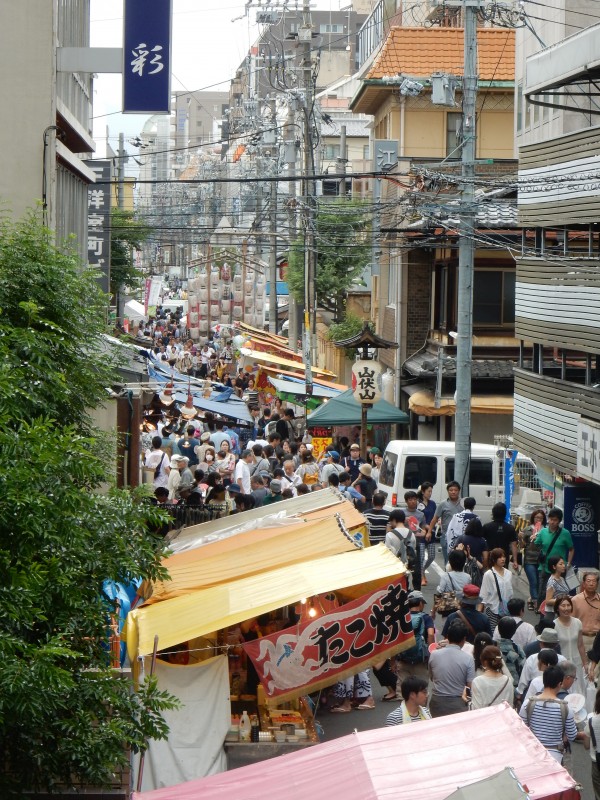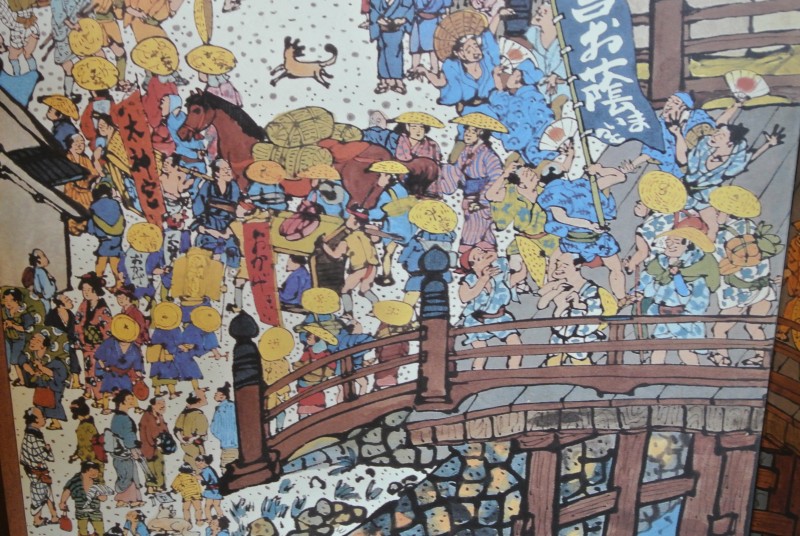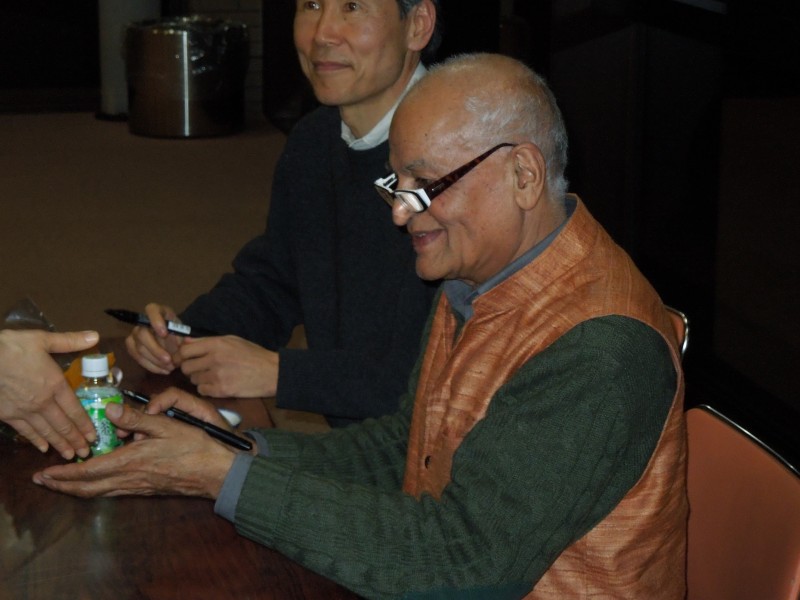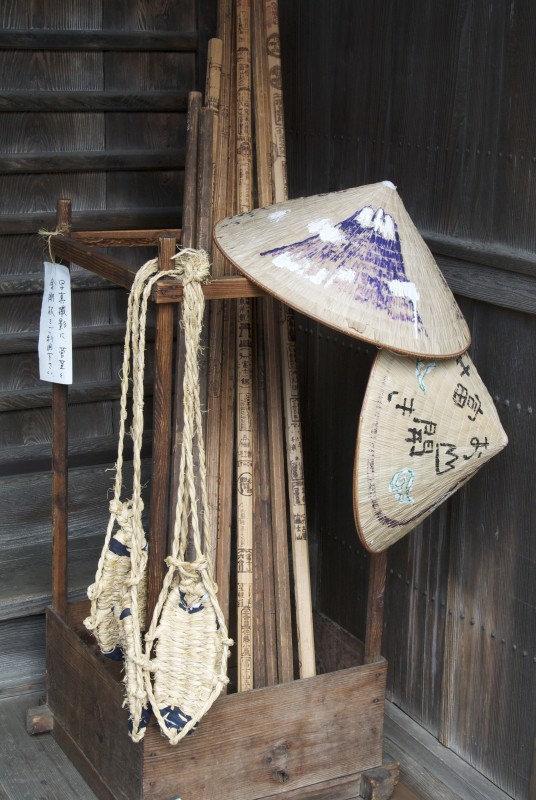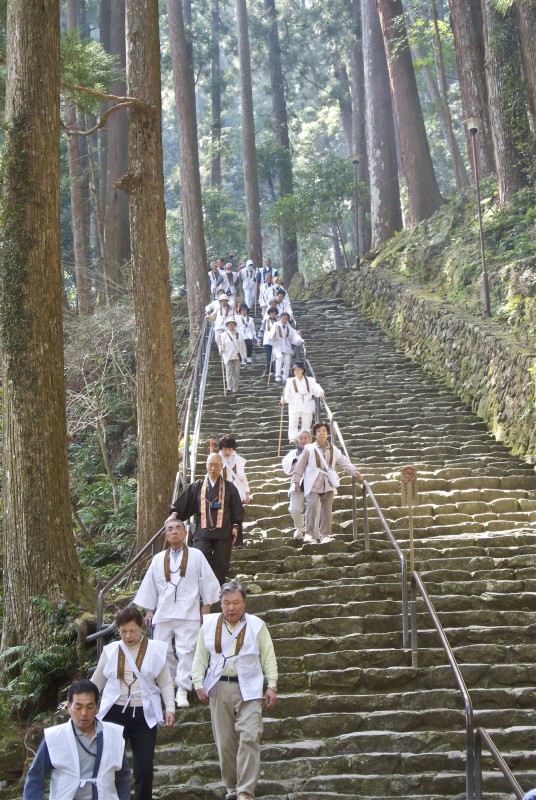
A preliminary sketch for the ‘Star Wars’ float to be on display at the Aomori Nebuta Matsuri festival depicts C-3PO and R2-D2. Festival organizers have dropped plans for the float to join the parade. | LUCASFILM LTD.
Green Shinto has carried many reports about how shrines act as the custodians of tradition, while at the same time trying to appeal to a younger generation with anime, manga, New Age power spots and other gimmicks. However, news from Aomori and the famed Nebuta Festival suggest there are definite limits to how far the authorities will go…
Aomori Nebuta festival organizers refuse to let ‘Star Wars’ floats join parade

Nebuta float (courtesy japan.hillground)
AOMORI – Organizers of the Aomori Nebuta Matsuri Festival, scheduled to start in Aomori on Sunday, will not put the much-awaited floats based on “Star Wars” characters on the streets, as they feared the design goes against the cultural tradition and the floats would attract too many visitors, causing turmoil.
Many residents who had been hoping the floats would become a good opportunity to promote the city said they were disappointed by the decision.
Organizers announced in July that Nebuta floats depicting “Star Wars” characters would appear in this year’s festival. The design was created under the supervision of Lucasfilm Ltd., the producer of the films, as the first attempt to create floats using characters from movies.
The promoter of the film series asked that the floats be pulled down the main streets of the city, but the organizers refused and instead decided to reveal them at an event to be held on the eve of the festival and put them on display during the festival.
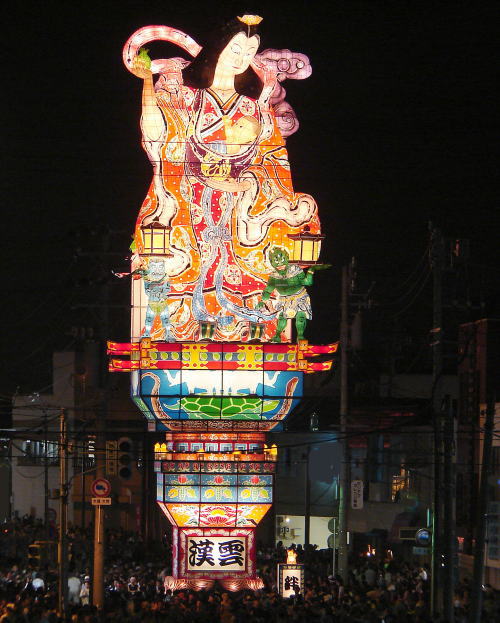
Photo courtesy JapanShops
“We put priority on preserving the tradition. I don’t regard (“Star Wars” floats) as Nebuta,” said Hidenori Nara, head of the organizing committee. The latest episode of the film series is expected to be released in December, and Nara said if the festival is seen as a part of film promotion, it could have a negative impact on the event in the future.
Organizers also said there were concerns that the appearance of “Star Wars” floats would lead to a sharp increase in the number of visitors, making it difficult to ensure safety.
Creators of the “Star Wars” floats said they cannot understand why the floats cannot parade on the streets, saying they would help boost the region’s economy.
Noboru Shirakawa, a 68-year-old resident of Aomori, said children and visitors from abroad would have enjoyed looking at “Star Wars” Nebuta on the streets more than the traditional ones.
Aomori, which hosts the festival designated as one of the national important intangible folk cultural assets, was ranked the most popular tourist site for festival-goers in a survey by major travel agent JTB Corp.
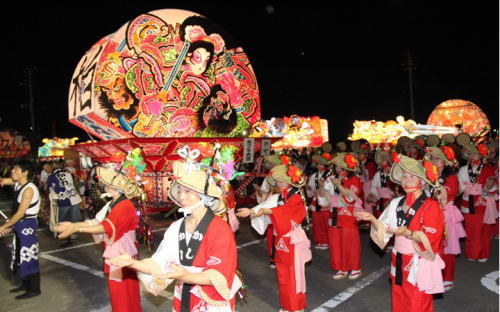
Photo courtesy JapanShops

